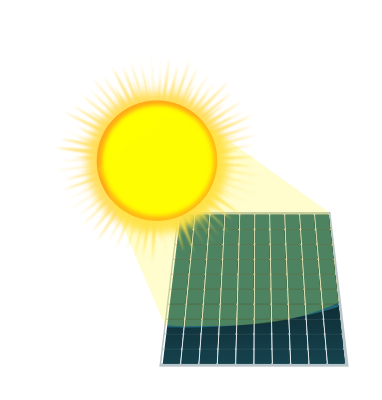

If Books Could Kill podcast did an episode, if you’re interested:


If Books Could Kill podcast did an episode, if you’re interested:
I really considered whether I wanted to comment, but my desire to procrastinate at work won out.
At first, I misread the post you are replying to; maybe you did the same. The poster was asking if your app supports PieFed, not because PieFed fixes the issues that you identified, but because that’s the site that poster uses.
In other words, they may want to use your app, but would need it to support PieFed since that’s the site they use.
The original post is from 2017 - LLM were not in common use then.
Like absurdly large? I was curious, so I looked it up; it looks like shot sizes in US are typically larger than in Western Europe, but comparable with Eastern and Northern European countries: https://en.m.wikipedia.org/wiki/Shot_glass


I could be bothered:
Got it, thanks. Looks about the same, for what it’s worth: recommended ratio for children 13-35 months old is 4:1.
Looks like uni to me. With an egg yolk?


And a much clearer version only needs two more words:
Remains of Antarctic researcher, who worked for Falklands’ Dependency 66 years ago, found in receding glacier
I agree that it was a good article, though. Editors must have to take a class in headline obstruction.
Edit: maybe I’m wrong; there are many better headlines about this story. The one OP found is uniquely bad:
What federal limit are you referencing? Federally funded Early Head Start classes serving students under 36 months old must have two teachers with no more than 8 children (4:1 ratio). CFR 1302.21(b)(2). Kids in diapers will probably be under 36 months.
Many states have their own requirements.


They’re not saying that. Check the community and try to have some fun
Gah, thanks! I didn’t have the audio on.
I was racking my brain, trying to think of TV shows that were well-known for recaps at the beginning of episodes and trying to think of synonyms or slang terms for baby bottles and caps.
Sorry, I’ve been staring at this one and just do not get it.
pH is the negative of the (base 10) logarithm of the activity of H+: pH = -log10(aH+)
If you mean “what’s the difference between concentration and activity,” activity is the “effective concentration” of a species. For ideal solutions, activity is equal to concentration. For real solutions, interactions between the components in the solution may cause a species to “act” like it is more or less concentrated.
Dilute solutions at standard conditions are close to ideal: activity is about equal to concentration. But consider a concentrated solution of a salt: the activity will tend to be lower than the concentration because the cations and anions are not completely independent as in an ideal solution, but tend to “shield” each other due to electrostatic forces.
No, hydrogen (gas) doesn’t spontaneously dissociate into H+ when dissolved in water because it’s covalently bonded; it remains H2, just like nitrogen remains N2 when dissolved in water. Acidity is a measure of the concentration* of H+, so dissolving H2 doesn’t impact the acidity.
*actually the activity


This might have something to do with it:
The first country to have a reactor could “declare a keep-out zone which would significantly inhibit the United States,” the directive states, a sign of the agency’s concern about a joint project China and Russia have launched.
Unexpectedly, it doesn’t seem like this is a primarily technical decision.
Per the response from Nothing quoted in the article, that’s what happened: